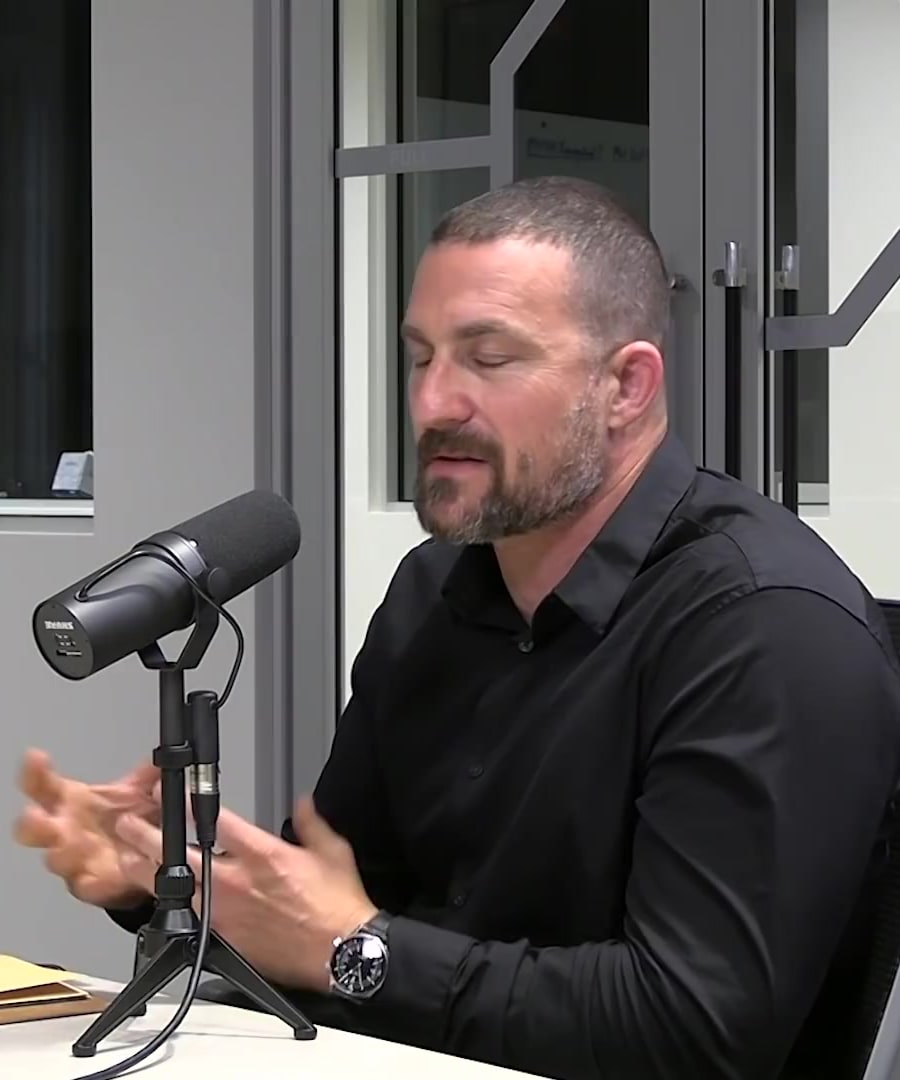Is cold shower in the morning after workout fine?
Sources:
Taking a cold shower immediately after a workout can have both positive and negative effects, depending on your goals. According to , cold exposure can reduce inflammation and muscle soreness but may interfere with pathways that promote muscle repair and growth, particularly if your goal is hypertrophy (muscle growth) and strength gains. Therefore, for those focused on building muscle and strength, it's advisable to avoid cold showers or ice baths for at least four hours post-workout 1 2.
However, if your primary goal is endurance training or quick recovery to engage in more frequent training sessions, cold showers can be beneficial. Cold exposure can enhance muscular power, reduce muscle soreness, and improve perceived recovery 3 4.
In summary:
- Muscle Growth & Strength: Avoid cold showers for at least four hours after training.
- Endurance & Quick Recovery: Cold showers can be beneficial and help reduce soreness and inflammation.
Make sure to consider your specific goals when deciding whether to take a cold shower after a workout.
Thank you for your feedback!RELATED QUESTIONSbest workout routine for a teenager (15 years old)
Sources:
A well-rounded workout routine for a 15-year-old should balance strength training, endurance, and mobility, while being mindful of their developing bodies and overall physical well-being. and provide useful insights into structuring such a routine.
Here's a suggested weekly plan:
-
Strength Training (2-3 times a week):
- Focus on whole-body movements like squats, deadlifts, push-ups, and pull-ups.
- Keep repetitions in the range of 8-12 to build both strength and muscle growth.
- Use body weight, resistance bands, and light weights to avoid injury.
-
Endurance/Cardio (2-3 times a week):
-
Flexibility and Mobility (Daily):
-
Rest and Recovery:
- Ensure that there are 1-2 rest days per week.
- Promote activities like light walking or a gentle bike ride on rest days to keep the body active without stressing it 1.
Overall, also encourage them to listen to their bodies, prioritize proper nutrition, and get adequate sleep for holistic development and recovery.
RELATED QUESTIONS-
Is cold shower in the morning after workout fine?
- Thank you for your feedback!RELATED QUESTIONS
best workout routine for a teenager (15 years old)
- RELATED QUESTIONS







